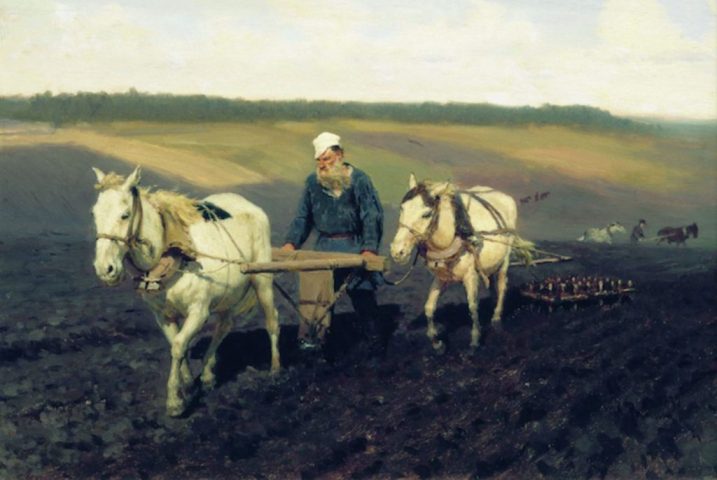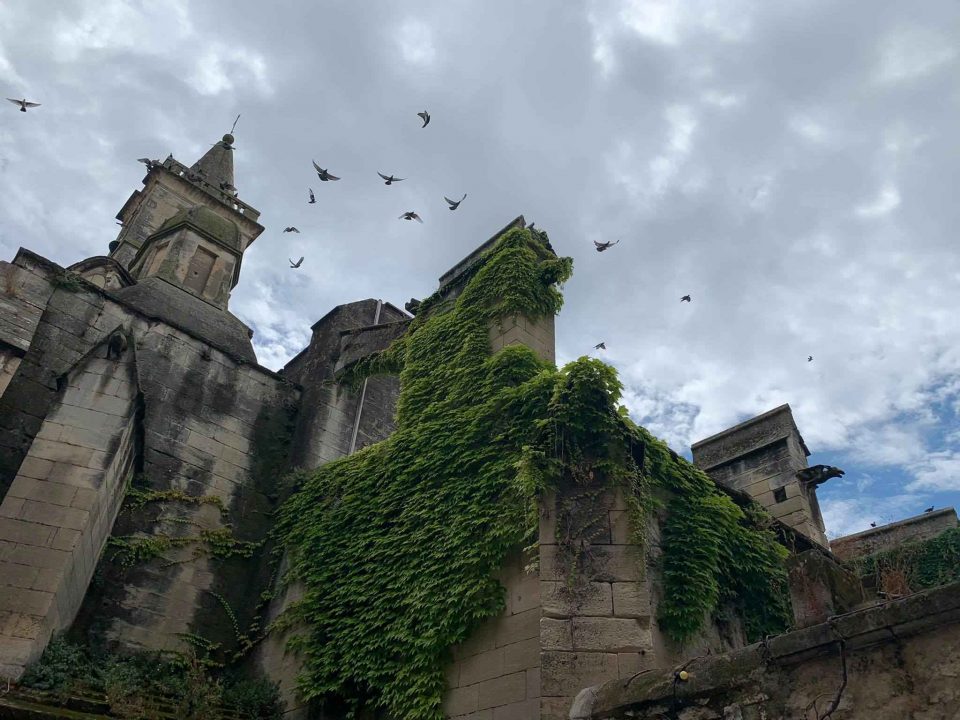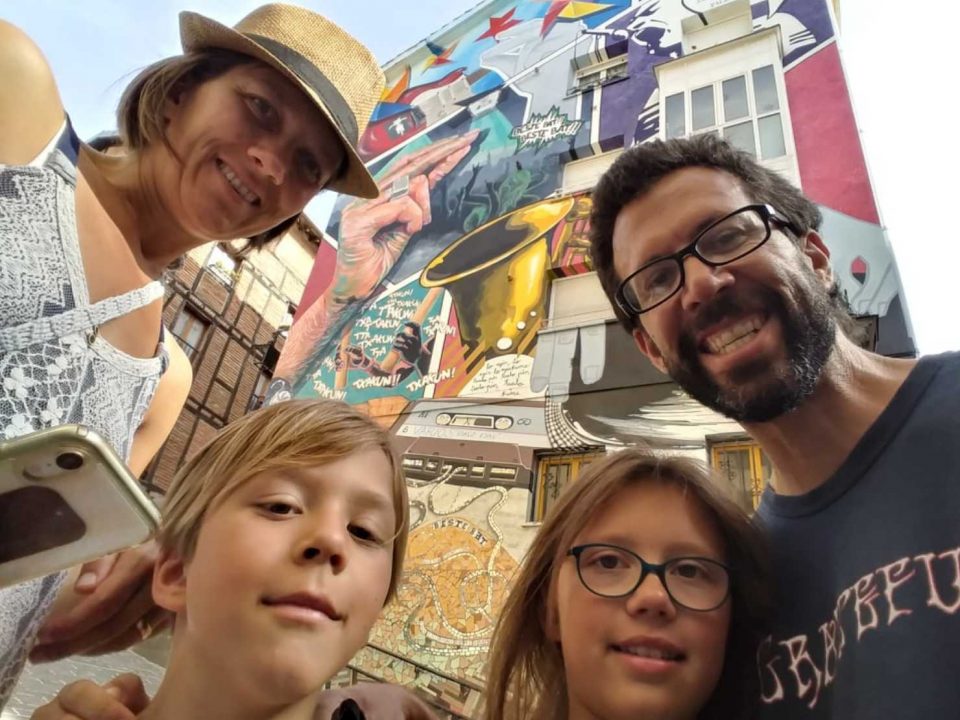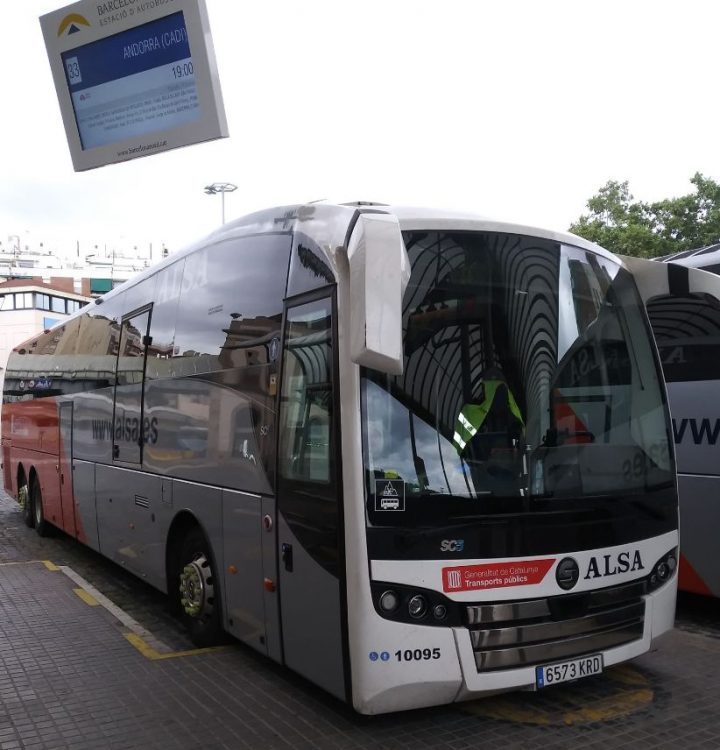
To Saxony and Beyond: Lost in Loebau
June 15, 2016
WWOOFing with Children: Fun for the Whole Family
June 26, 2016It’s been over week now since we made our safe landing in the hinterland, and a good time to evaluate our situation. Last Friday we drifted over the rolling hills of Lusatia and past the swaying fields of grain like heroes galloping across the steppes in a novel by Tolstoy. Not all that far from the former frontier of the old Russian Empire, we strode up the long, overgrown driveway and onto the estate of our friendly hosts, whom we’d located a few weeks earlier through workaway.com.
(Footnote: Workaway is a website that matches hosts with volunteers. Hosts with farms, guesthouses and what-have-you provide room and board to volunteers like ourselves, in exchange for 4-5 hours of work a day, 5 days a week. Details such as accommodations and types of work vary widely.)
The centerpiece of this property is a relatively massive structure, made from brick and stone, basically laid out in the shape of a square. Three sides of the square are connected like a big U, and this portion includes the primary residence, plus room after room of old animal stables and barns and tool sheds. The forth side of the square is detached, making the center courtyard accessible by the driveway from the front and from the gardens in the back. This detached structure separately houses two older women, simply referred to as the Omas, one of whom apparently lived here in the main house before the property was purchased by our hosts.
The buildings were supposedly constructed back in 1826, and show all the wear and tear to prove it. The structures are a generous two stories tall, with ample cellar and attic space, and covered with well aged tiles the color of terra cotta. If I understand correctly, our host family purchased the property four or five years ago for around 115,000 Euros (roughly $130,000). Slowly but surely, they have been restoring the property, gradually modernizing each room and increasing the livable space.
Currently the proprietary family, a young couple with three young children, the same ages as ours, occupy a cluster of upstairs rooms which have been throughly refurbished. Another young man lives in one of the other upstairs bedrooms in a section that has been mostly renovated. For the duration of this month, our family is inhabiting two more bedrooms in that same, mostly finished, section of the house.
I seem to recall hearing that the house sits on ten hectares of land, which looks to be a pretty good chunk, about 24.7 acres if I’m not mistaken. Presumably the property was purchased at a strikingly low price on account of its definite ‘fixer-upper’ status. Its remote location, about halfway between Prague and Dresden (an hour away), likely does little to boost the real estate value.
In addition to fixing it up and turning this diamond in the rough into a shiny little gem, our host family also has the noble ambition of creating a kind of living community here, full of like-minded, back-to-the-garden, folks and families. A piece of property this size certainly requires more than three adults (two of them working) and three children to keep up with with the general maintenance of the fields and gardens, let alone perform any significant improvements. So that’s where we come in.
As I said, there is more than enough work to be done around here. Mowing the lawns and fields and raking the cut grass is practically a full time job in itself, especially when it rains more days than not. And when it’s not raining, it’s tends to be pretty warm this time of year. So the grows at ferocious pace; and so do the weeds.
But the weather is not the only thing different about gardening here. Stick a spade in the soil and you’re in for a little surprise, at least if you’re used to landscaping in Grover Beach on the berm of a sand dune. The ground here consists of rock-hard clay, regularly interspersed with rock-hard rocks. And when it rains, this clay turns into gooey mud that sticks to your boots like hot gummi bears. So we spent the first few days paving a beautiful path through the herb garden with old bricks, one of many materials that we find in abundant supply here. This work proved to be satisfying, though noticeably more strenuous than your average desk job.
From there we moved on to slightly less creative but still pleasantly varied tasks like weeding, mowing, raking, manure gathering, stonewall scrubbing, clay ceiling scraping and lead paint peeling. Fortunately I have been provided with all the right tools including a pretty sophisticated face mask to minimize my inhalation of lead. In our free time we enjoy loitering under the cherry tree, which we have now picked clean. Later in the year they will bask in a bounty of sour cherries, walnuts, apples, and quince from the many other trees spread across the property. We’ll be far off in France by the time those are ripe, but we are currently enjoying a rich harvest of strawberries and lettuces.
There’s no shortage of ways for the children to get into trouble around here either. The six year old boy and the un-identical twin three year olds have all manner of toys and tricks to bring joy and frustration to our workdays. It definitely keeps both moms on the run, and motivates me to work extra long hours to make up for mom’s endless child-rearing distractions. By the time the day is done, I barely even have the time or energy to pick up a light Russian novel before bed. But I’ve got a feeling I’m going to be in the best shape of my life by the time this yearlong tour is over, that is if I don’t break my back first.
(photo image: “Tolstoy in the Ploughland” by Ilya Repin, 1887)





